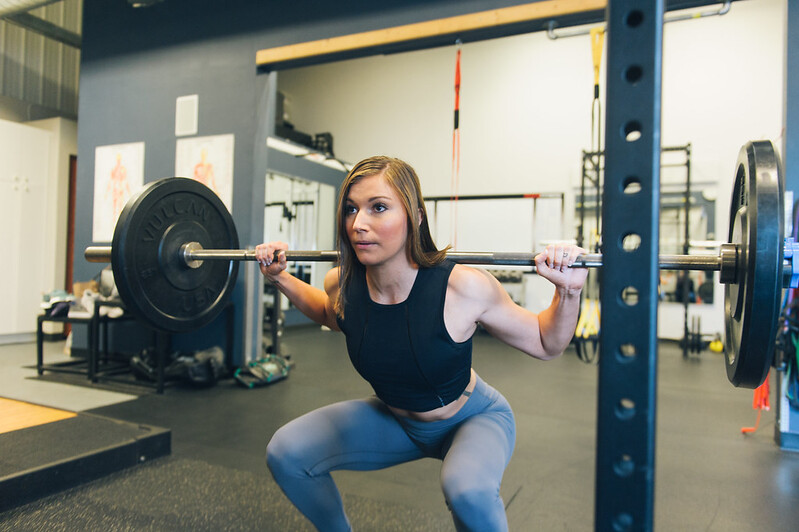
When you’re thinking about sports that require weight training in order to succeed, your mind might first go to a highly physical and demanding game like football.
But in this article we’ll explain why bowlers also greatly benefit from working on their strength, as well as introduce some of the best exercises you can do to help the process no matter what your fitness level.
Benefits of Strength Training for Bowling
There are several reasons that weight training is beneficial for any bowler looking to improve his or her game. First, it requires some strength to repeatedly throw a relatively heavy bowling ball down the lane repeatedly. The act actually involves your upper-body, legs, and core. What’s more, strength training also helps you with your balance which is vital in developing a reliable and consistent stroke.
These facts help us determine the optimal weight training regimen. Any bowler should make sure to work on their upper-body and lower body, as well as some core and agility exercises. For those short on time, full-body exercises give you the most bang for your buck.
Another major benefit of building your strength as a bowler is that you’re much less likely to pick up injuries: strained or pulled muscles, general soreness, and even conditions like arthritis are less likely to occur with a
What Type of Equipment Should You Use for Bowling Strength Training?
Simply put, almost anything will work! Whatever equipment you have access to and will help you build and keep the habit of working out. If that’s state-of-the-art machines at a local gym or a set of free weights in your basement, you can still do the most important exercises that will benefit your bowling. Bodyweight training can also help build strength in the key areas of your body. described previously.
Planning a Bowling Training Plan: Days, Sets, Reps, Exercises
It’s hugely important to tailor your weight training program to your existing levels of fitness as well as your phase in life. Senior bowlers lifting weights, for example, will of course train a lot differently than a bowler in his or her 20s. And no matter your age, don’t start by lifting too hard if you haven’t trained recently; make sure to start small and gradually increase the intensity.
Always consult your physician about your health and potential risks before starting a new workout program!
Carefully think about how much time you have to dedicate to your program, and also remember that rest and recovery is essential to the strength building process. It’s probably unrealistic, and also counterproductive, to dedicate 5 or 6 days a week to strength training, so instead train no more than 3 days a week.
You also don’t need to commit to marathon sessions of endless exercises to see benefits: a quick workout of 20-35 minutes incorporating 5-7 exercises is a good starting point. Your sets and reps can vary but remember to incorporate the concept of progressive overload: gradually increase either the weight you lift, the reps/sets you lift for, and/or the time in between sets to make sure you are continually challenging your body and benefitting properly.
Below we make some suggestions for some great bowling exercises that you may want to begin with. Most should be fairly common movements but if you aren’t sure about how to do them or proper form, there are some great Youtube videos just a click away that can help immensely.
The Best Strength Exercises for Bowling
- Push-ups
- Planks
- Squats
- Deadlifts
- Arm Curls
- Lat Pulldowns
- Seated Rows
- Leg Raises
- Plyometrics: Jump or Box Training
- Wall Crunches
Should You Lift Weights Close to a Bowling Competition?
Another concept to keep in mind relating to bowling competition is periodization. This sounds like a fancy word but all it’s really referring to is the fact that your strength training is broken down into phases that correspond to the calendar of your sports season. Traditionally this means resting and recovery in the off-season, building strength and muscle bulk in the pre-season, building power right before the season, and maintenance during the season. This logic helps you ramp up the effort when it will have the most benefit while not overburdening and tiring you out when you’re in the heat of competition.
As a bowler you may not have a set schedule quite in the same way that, say, an NFL athlete might have. But it’s likely that you may have a long league season followed by a break, or a time of year when you are involved in tournaments or other special events. For those times when you’re in the heat of peak competition, you’ll undoubtedly want to stop the heaviest lifting and shift to a maintenance phase.
